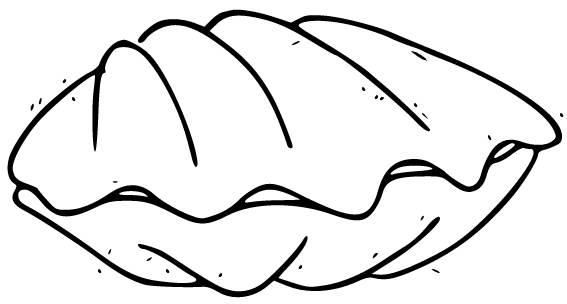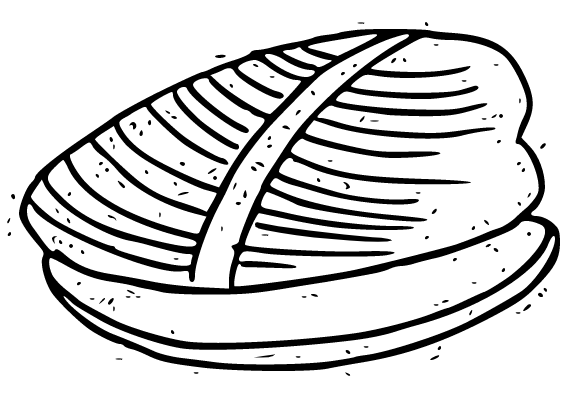-

-
The Discerning Mollusk's Guide to Arts & Ideas
-


Suicide: The Autoimmune Disorder of the Psyche
Vi Khi Nao
11:11 Press, March 2023
T“There are two types of people in the world: the one who thinks about sex and the one who thinks about death.”
his could be a difficult book for many people to read. The title probably gives that away. But this book is not challenging in the ways that most would imagine. Suicide was difficult for me as someone who has an intimate relationship with potentially fatal diseases and a fallible body. It is through the body, the living body, that we understand agency and its limits. As Nao chronicles her own health issues, the reader sees that this book is much more about hardships in life than it is about self-murder. Nao’s honest examination of intensely personal moments brings to the light how economic, social, and physical factors influence an individual’s perception of their own mortality. At its heart, Suicide is about the right to control all aspects of your life, including its end.
For those familiar with Nao’s oeuvre, this book is different in style from Nao’s more experimental works. It is memoir and contains a much more traditional voice than many fans might associate with her. The reader still gets pieces of Nao staples, like food imagery and unique pop-culture metaphors that range from movies to dog breeds to football. The voice in Suicide, though, through its stripped-down vignettes and simpler (though not simple) phrasing, gives this work an immediacy and an intimacy. It is incredibly personal and honest.
Suicide opens philosophically, with a litany of famous suicides as Nao deconstructs its taboo. Nao’s own relationship with suicidal ideation becomes inextricably linked to several factors in her life, the first and most prominent being health issues related to her heart. Depression and heart disease go hand-in-hand and people who undergo major heart surgeries often suffer from major depressive episodes in their recovery.
“My heart and its murmuring had always made me painfully aware of my existence – the surgery would severely heighten this awareness. I was terrified of living longer. I was so exhausted from being in pain all the time.”
Nao mentions, several times, that she wants the pain to stop but it is unclear what type of pain she is referencing because, with illness, there is both physical suffering and its mental toll. Throughout this work, we see how different factors (poverty, disease, heartache, abuse) lead to the contemplation of suicide. A catch-22 exists in that those suffering also experience the pain of “guilt to have to exist”. Many people carry on because of this guilt and that, in itself, is a form of stress—an ouroboros of agony. Ultimately, Nao questions free will. Of all of the permissions we need to secure in life, do we really need permission to choose to die? Why does that decision exist outside of the self? Our relationship with death and our own mortality, with the specter of suicide, is at once intensely personal but also somehow shared with everyone we love.
While Nao declares “[i]t’s very simple: I am pro-suicide because I am anti-pain,” this work is littered with doubt. She questions her decisions, she oscillates in her position on the topic. As she approaches a major surgery, she states: “I had wanted to die for so long and now was the opportunity, but I was conflicted.” At one point, the readers sees a typewriter that “seems to posses the ability to erase [her] belief in suicide.” Like when her mother says “life is debt,” Nao explores the impact of race, finances, and familial obligation on her will to live. To whom do we owe our life? How is it valued? Why shouldn’t a person be able to decide when and where their own all ends?
Indecision is the point. Life isn’t in binary. Nao is, at once, very much pro-suicide and still conflicted with its presence in her life. The book opens with a giant pi and each section starts with one of its numerals. Life and death are at once part of the same entity and its opposites. Suicide is constant and irrational and Nao wraps together the idea of death and life into an infinity. An objective mathematical description of death is perfectly represented when Nao asks, “[i]sn’t death ever so remote despite being so near?” In the end, she resolves, as much as she can in an eternal imbalance, that we live for our own reasons and those reasons are personal, though they are inextricable from our identity and relationships. This book does not glorify or condemn suicide; rather, it is a brutally honest exploration of a person’s relationship to their own mortality. In her utterly original and exceptional way, Nao interrogates death to show us that what motivates us to live, or not, is intensely personal and still somehow universal.
“Each time I caress my scar, I understand. If I didn’t have this scar I would not be here.”

Jesi Buell is an artist from upstate New York. Under the name Jesi Bender, she helms KERNPUNKT Press, a home for experimental writing. She is the author of KINDERKRANKENHAUS (Sagging Meniscus 2021) and The Book of the Last Word (Whiskey Tit 2019). Her shorter writing has appeared in The Rumpus, Split Lip, Adroit Journal, and others. www.jesibender.com